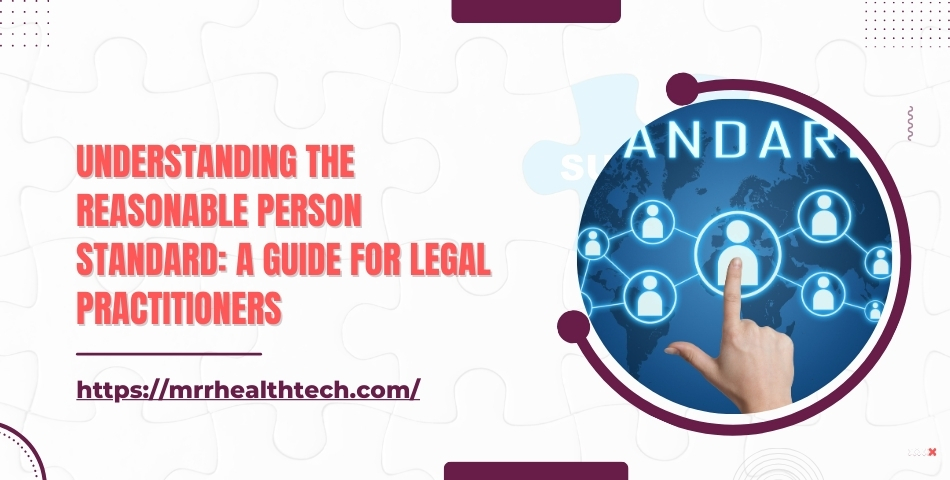
In the field of worker’s compensation litigation, medical case timelines are very important. These medical case timelines help in providing systematic and comprehensive details of an injured worker’s medical treatment and rehabilitative processes. In every undertaken case, these medical timelines include all medical records analyses, examinations, and a list of treatments and procedures completed.
For the attorneys dealing with your workers’ compensation case, having a reasonable grasp of the timelines can go a long way in your case management advocacy. When working with a professional medical review service provider, these timelines could be compiled with the highest level of professionalism. In practicing this, straightforward and objective medical case history reporting is achieved.
1. Understanding Medical Case Timelines
These chronologically organized medical case timelines also called timelines, are specified documents that arrange the various stages of medical activity carried out in legal dispute cases, particularly worker’s compensation cases. These timelines help to present certain aspects of an injured worker’s medical case very clearly.
Key Components of a Comprehensive Medical Case Chronology
A comprehensive medical case chronology includes the following key components:
- Dates of Medical Events: Precise dates for each medical consultation, diagnosis, treatment, and follow-up.
- Types of Treatments: Detailed descriptions of treatments administered, including surgeries, therapies, and medications.
- Outcomes and Responses: Documentation of patient responses to treatments and any complications.
Such therapies and treatment approaches are evaluated through the Luke of chronology in medical case reviews, and these are key documents for legal engagement demonstrating the cause thief aiming to win the litigation case.
2. The Role of Medical Case Timelines in Worker’s Compensation Claims
Documentation of Medical Care Received
Medical case timelines have proved useful in the description of every detail concerning the medical treatment that an injured employee receives It is important to note that all parties involved in the case must as well record notes. By striking down relevant information such as the date in which a certain procedure as well as the type of procedure, an attorney can outline the rehabilitation process, thus becoming useful when sending for fact sheets of the plaintiff or during the preparation for the trial.
Key Elements in Documenting Medical Care
Here are the key elements that should be included in the documentation of medical care:
- Dates and Details: The day a person receives treatment should be the same as the day that treatment is coded. These chronological sequences help piece together a story that is consistent with a medical file and is consistent with the allegations made by the injured.
- Types of Treatment: The cause and effect of the circumstances in broad terms, depending on the therapeutic activity at each stage. This is essential while assessing deposition summaries for trial preparation.
- Impact on Litigation: Organized timelines increase the focus of an attorney on each treatment stage and the reasons that support the stage, which is more useful for the claim regarding workers’ compensation.
Content-covered organized timelines enable lawyers to present a complete picture of the details at once, reducing the need to keep explaining to different parties in a workers’ compensation case. These timelines stress the need for quality documentation in legal proceedings.
Establishing Causation Through Timelines
A medical case timeline is very important as it proves causation in a workers’ compensation case. By analyzing the sequence of events from the first workplace injury to the subsequent medical attention and therapies, advocates can weave a plausible link between the unfortunate incident and the current medical condition.
1. Treatment Documentation
For the attorney representing the plaintiff, it is extremely important to stress the timeline of events, and the written record of care provided before the fact sheet and elocution.
2. Review and Summaries
Appraisal of charts and summaries of deposition assists in appreciating this aspect of causation and therefore the records of the medical care offered must be scrutinized appropriately.
3. Legal Strategy
Due consideration of the medical records to ascertain the factual basis of the case is essential as it assists the attorneys in carrying out the trial by providing a picture of how the injury occurred concerning the relevant structures.
Such well-structured documentation helps in making the case and reduces errors during litigation.
3. Improving Communication Among Stakeholders in Worker’s Compensation Cases
Medical case timelines play an important role in creating communication channels between the attorneys, the healthcare givers, and the insurance companies. The timelines are an effective way to recall the events concerning the patient and the procedures undertaken so that everyone understands the time and importance of certain activities.
This might be achieved through visually directed interaction and decision-making since complex medical histories are simplified into one pictorial representation whereas understanding of the complexities of the case is achieved by all involved parties due to the case timelines.
4. Supporting Settlement Negotiations with Comprehensive Medical Case Timelines
The attorneys put comprehensive medical case timelines and particulars in their negotiation directory to enhance their negotiation position for attorneys. When preparing case replicas for settlements, lawyers find case files to illustrate timeline events and how they relate to the damages of these events. Timelines summarizing injuries assist in reliable and accurate calculations.
Here are some key benefits of using comprehensive medical case timelines in settlement negotiations:
- Justification for Compensation: Standardization of case histories ensures that law practices retain all the necessary files that contain critical information at hand.
- Aid in Litigation: Maintaining chronological records also contributes to the efficient management of the existing cases in that time wasted on administrative duties is reduced.
- Chronologies and Retrievals: The activity of retrieving chronologies of medical records also fosters comprehension and allows for effective representation in discussions.
This structured mode of documenting the evolution of the injury enables every participant to appreciate the case’s depth and its complexities.
5. Enhancing Case Management Efficiency with Structured Medical Case Timelines
Outlining certain medical timeframes in the course of history helps in improving the management methodologies for law firms dealing with many worker’s compensation cases. Such time frames have the following advantages:
- Better Organization: To keep the critical contact information, law firms only must ensure that there are organized files of every relevant medical case history.
- Smoother Workflows: Inefficient record organization leads to disorder which hinders a smooth flow of active cases by increasing time wasted on administrative duties.
- Lower Risk of Missing Important Information: A deteriorated organized timeline increases the probability of leaving out some important aspect of a case which would have enhanced the overall strategies deployed in dealing with the law.
This technique helps to manage the medical records and processes and keeps attention intact throughout the litigation phase.
Conclusion
It is the position of the Association of Workers’ Compensation Attorneys that lawyers who practice law should incorporate into their overall litigation strategy the timelines of medical cases as well. Such tools improve the chances of succeeding in your workers’ compensation claims because they provide a well-organized medical case history.
The comprehensive history summary makes it easier for the parties to reach conclusions and improves their bargaining positions. By employing detailed record review, an attorney guarantees that there is no important omission of information. Apart from helping manage a case, this case and record observation exemplify the significance of medical case chronologies in favoring attorneys’ clients.











